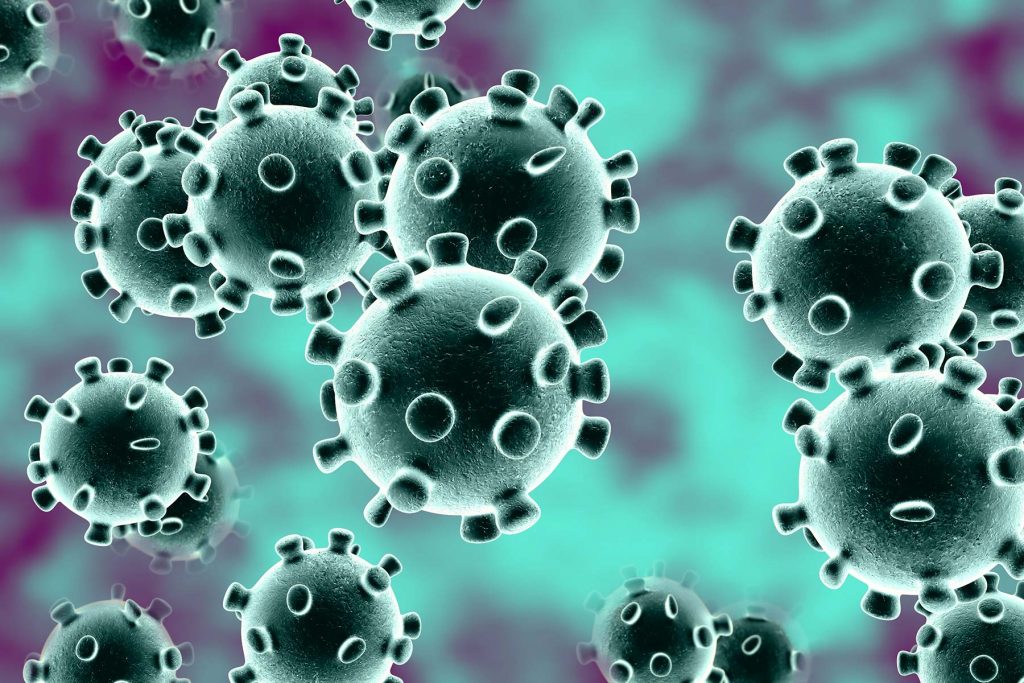Before knowing about the history of coronavirus lets first understand what is VIRUS?
VIRUS
The word ‘virus’ means venom or poisonous fluid. The virus is a particle present in the air, present in the soil present and surrounding us. A particle that is neither dead nor alive. The virus is like a Hijacker. A particle goes inside the host body (a healthy body it can be a human body, animals or plants)it can turn alive and replicate themselves. once they grow inside the host’s body they leave the host body and attack another host’s body.
Viruses are of different types like some viruses are found only in plants, some only in animals and some only in the human body or even in bacterias. Generally, they do not cross the barrier of the host, that is, virus in a particular plant will not attack any human body or animals. But sometimes they move to a completely different host.
Now let us understand about CORONAVIRUS.
Coronavirus is not new. It was always there in the environment and generally found in Bats, cats, camels but not in humans the reason behind this is human core body temperature is 37 degrees Celcius. and coronavirus can live and grow in temperature between 32-degree Celcius to 35-degree Celcius. So generally coronavirus cannot survive in the human body.
But, due to some kind of modification inside the genetic material of coronavirus which is known as mutation i.e. change in the genetic maker and can now multiply in the human body also. coronavirus breaks its boundaries first in 2003.
SARS (Severe Acute Respiratory Syndrome)
SARS coronavirus (SARS-CoV) – virus identified in 2003. SARS-CoV is thought to be an animal virus from an as-yet-uncertain animal reservoir, perhaps bats, that spread to other animals (civet cats) and first infected humans in the Guangdong province of southern China in 2002.
MERS (Middle East respiratory syndrome coronavirus)
In 2012 MERS was attacked from camel to the human body and was originated in the middle east it was very dangerous. Although it did not spread much it was restricted to the middle east only. many people were killed.
in 2015 some people were transferred from the middle east to the Korean republic. and the disease again occurred.
COVID-19 (Coronavirus disease)
The new coronavirus SARS CoV-2 binds with human respiratory cells in order to hijack them to produce more viruses.”If we think of the human body as a house and 2019-nCoV [another name for SARS-CoV-2] as a robber, then ACE2 would be the doorknob of the house’s door. Once the S-protein grabs it, the virus can enter the house,” Liang Tao, a researcher at Westlake University who was not involved in the new study, said in his statement.
SYMPTOMS
According to WHO, Common signs of infection include respiratory symptoms, fever, cough, shortness of breath and breathing difficulties. In more severe cases, the infection can cause pneumonia, severe acute respiratory syndrome, kidney failure, and even death.
PRECAUTIONS
Standard recommendations to prevent infection spread include-
- Wash your hands often with soap and water for at least 20 seconds especially after you have been in a public place, or after blowing your nose, coughing, or sneezing.
- If soap and water are not available, use a hand sanitizer that contains at least 60% alcohol. Cover all surfaces of your hands and rub them together until they feel dry.
- Avoid touching your eyes, nose, and mouth with unwashed hands.
- Avoid close contact with people who are sick.
- Put distance between yourself and other people if COVID-19 is spreading in your community.
- Stay home if you are sick, except to get medical care.
- Wear Mask:
- If you are sick: You should wear a facemask when you are around other people (e.g., sharing a room or vehicle) and before you enter a healthcare provider’s office. If you are not able to wear a facemask (for example, because it causes trouble breathing), then you should do your best to cover your coughs and sneezes, and people who are caring for you should wear a facemask if they enter your room.
- If you are NOT sick: You do not need to wear a facemask unless you are caring for someone who is sick (and they are not able to wear a facemask). Facemasks may be in short supply and they should be saved for caregivers.

